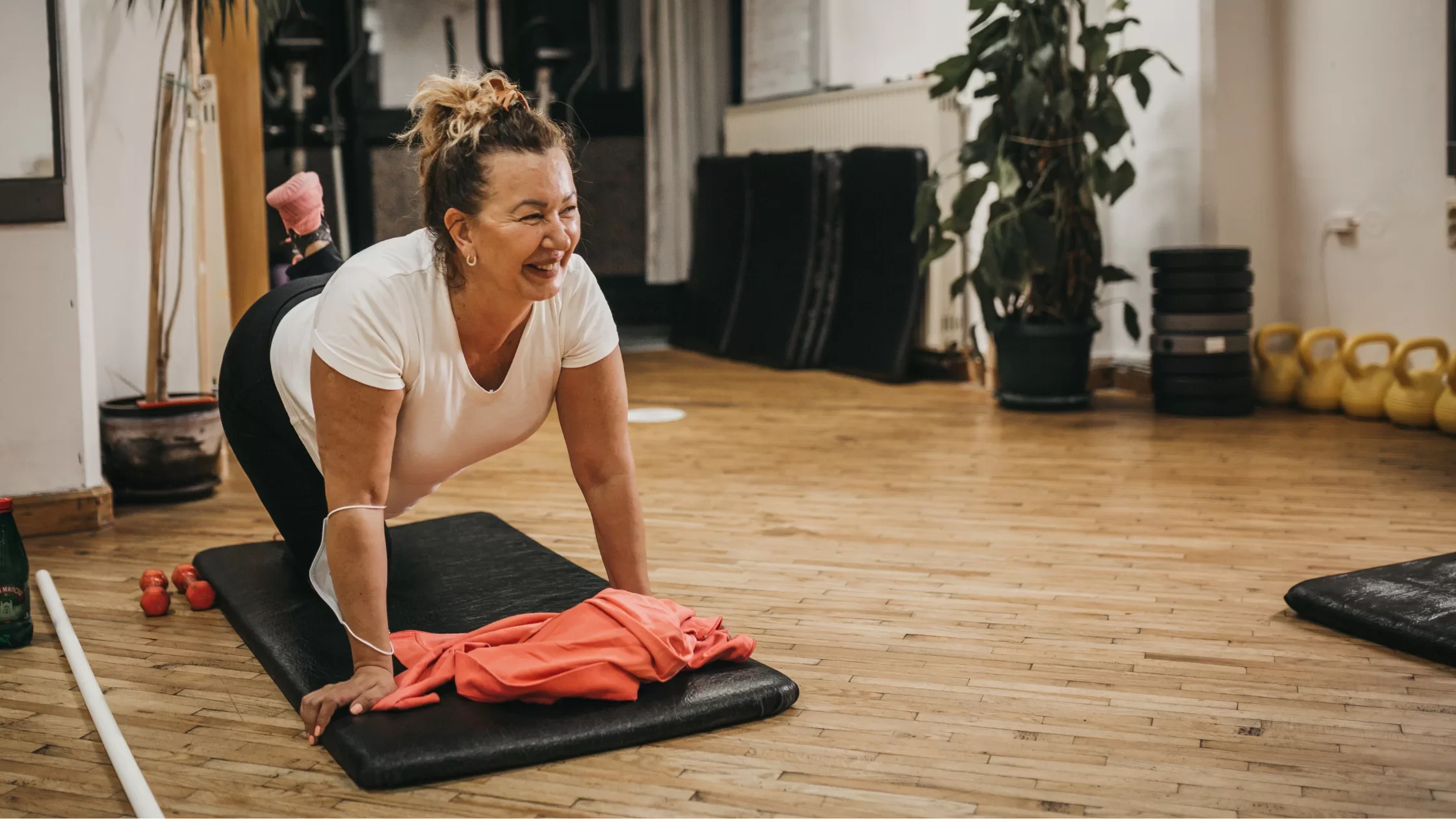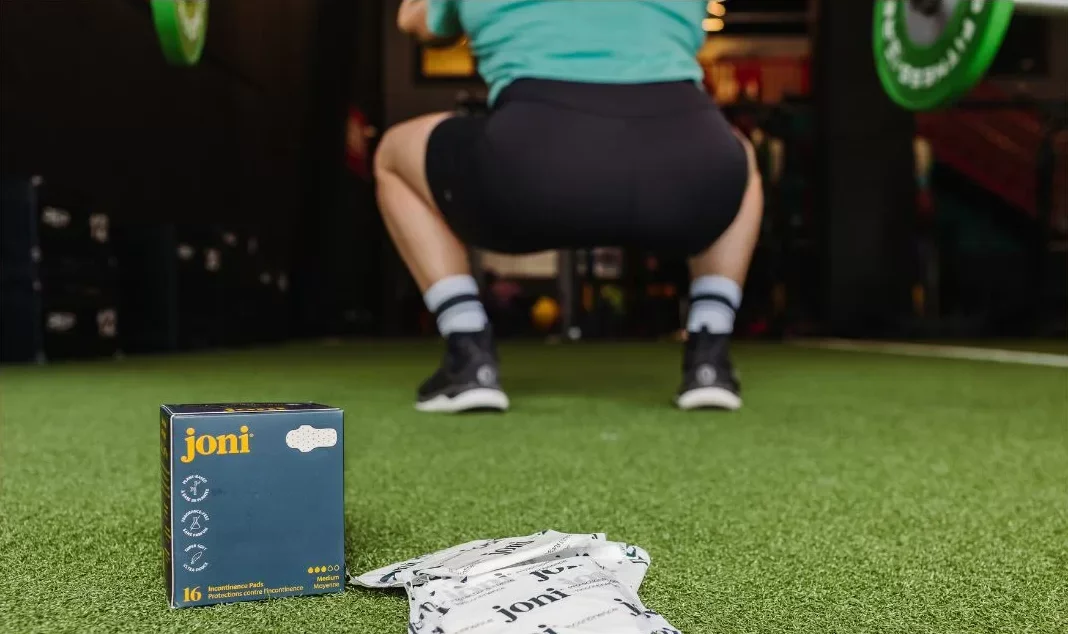The Cheerful Blog
Navigating your pelvic health is complicated enough without all the conflicting information from Dr. Google and ChatGPT. Cut through the noise with helpful resources and advice you can trust.

The Story Behind The Cheerful Pelvis: Where We Came From (and Where We’re Going!)
It’s been five years since our clinic owner Anniken was inspired to start The Cheerful Pelvis! The reason? She couldn’t help but notice that, despite the best intentions of individual practitioners – herself included – the practice of pelvic health physio was a bit all over the place.

Prenatal Perineal Massage: What It Is, How To Do It, and Benefits for Birth and Pelvic Health
Worried about what it’s going to feel like to give birth? Perineal massage can help. Our pelvic floor physio team recommends (and often teaches) this technique to our prenatal clients to help them prepare both mentally and physically for an upcoming birth.
Tips for Prioritizing Your Pelvic Health This Year and Beyond
A cheerful pelvis is the foundation for our physical, social, emotional, and sexual well-being, and an important aspect of our overall health. Often, when we enter a new year, we’re in the mindset of recommitting to our priorities, including self-care. So we wanted to offer some tips for staying connected to your pelvic health this year and beyond!

7 Things We Want You to Know About Vaginal Dilator Therapy Work
Vaginal dilators (also called vaginal inserts or accommodators) are tube-shaped devices used in pelvic health physiotherapy to help the vagina accommodate stretch and down-train tense pelvic floor muscles. As pelvic health physiotherapists, we might recommend them as part of a treatment plan to address sexual pain, decrease vaginal sensitivity, and increase comfort.

Celebrating Our New Space and Community
Have you heard? We moved into a new clinic space! If you haven’t had a chance to visit our new location yet, consider this your official virtual welcome. We can’t wait for you to come and see it in person.

How Menopause and Perimenopause Affect Your Body – And How Pelvic Health Physiotherapy Can Help
Navigating menopause and perimenopause can be a challenge, but we’re here to help you understand what is going on in your body and suggest some care and treatment options to support you.

Understanding Endometriosis: Symptoms, Treatment, and How Pelvic Health Physiotherapy Can Help
Endometriosis is a chronic condition that happens when endometrial-like tissue (aka the tissue that usually lines the uterus) is present outside of the uterus. Estimated to affect about 10% of women of reproductive age globally, and an unknown number of gender-diverse folks, endometriosis is believed to affect roughly 1 million people in Canada.

Urinary Incontinence: What a Pelvic Health Physiotherapist Wants You to Know
If you’re dealing with urinary incontinence, otherwise known as bladder leakage, know that you’re not alone! It’s a common pelvic floor symptom often associated with postpartum and menopause, but it can affect folks at any stage of life. In fact, recent studies estimate that more than 50% of people assigned female at birth experience urinary incontinence.¹

Postpartum Healing After a C-Section: What is (and is Not) Normal
The postpartum period can be tough on both your body and your mind. Dealing with all the changes in your body and your life can be overwhelming enough, but if you’ve had a C-section, you’re also recovering from a major surgery!

Postpartum Exercise: When to Work Out After Giving Birth
Are you wondering when and how to work out again after giving birth? Whether you are eager or anxious about moving your body again, the most important thing is to give yourself enough time to heal during the postpartum period.

Kegel Chairs: Do They Really Work? Here’s What Our Pelvic Floor Physiotherapists Think
If you’ve done some Googling around about pelvic floor health, chances are you’ve come across the Kegel chair, also known as an Emsella chair or Kegel throne. The device claims to improve pelvic floor function, continence, and overall well-being by delivering electromagnetic energy that stimulates your pelvic floor muscles into contracting thousands of times during a session. Big promises, to be sure. But does it work?

Postpartum Healing After a Vaginal Birth: What is (and is Not) Normal
For most pregnant folks, the idea of navigating the postpartum period is anxiety-inducing, to say the least. We hear you! With so many changes in your body and life, it’s an overwhelming time, and it can be challenging to understand what is “normal” both physically and emotionally.

CBC News Spotlight: Pelvic Floor Physio
Our team was excited to be a part of the four-part CBC News series on pelvic floor health!

Beyond the Scale: Rethinking Healthcare and Pelvic Health Solutions
In the past few years, there has been more attention paid to discussions around weight and its relationship to health outcomes – particularly in medical settings.

What is Clinical Pilates, and Why Do We Love It?
Maybe you’re familiar with Pilates as a form of exercise, but what about practicing it in a physiotherapy context?

The pelvic floor is a running muscle
Your pelvic floor plays a vital role in how you run, and when done with proper technique, running can also strengthen and support your pelvic floor muscles. Unfortunately, most runners haven’t been taught about this relationship and why it matters. We want to change that!

Strong and Empowered: The New (Research-backed) Narrative Around Pregnancy and Exercise
Giving birth is one of the most physically demanding things a person might do in their lifetime. But historically, the narrative around pregnancy and exercise has been a cautious one, focusing mostly on the vulnerability and potential risk to the bodies of folks who are giving birth.

Your First Cheerful Appointment: What to Expect
You might have some questions in the lead-up to your first pelvic health physio appointment with us—and we’re here to answer them! We want you to feel supported, informed, confident and cared for from the very beginning, and throughout your pelvic health journey.

